
My promise to myself this New Year was to begin walking on a regular basis, but a bout of impromptu ice dance on our driveway resulted in multiple fractures, chipped bones, torn ligaments, and dislocated joints. This somewhat cramped my style in the walking department so I had to spend the time I am not allowed on my feet with reading about walking and planning my glorious return to mobility.
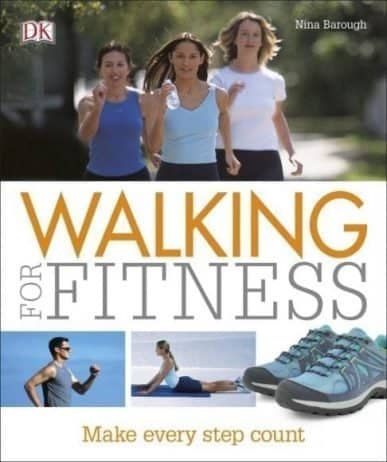

Dorling Kindersley had already sent me copies of Partner Workouts and Walking For Fitness
to help with my “New Year Healthy Me” aspirations. These are two of the many books DK offers to support your health and fitness goals. Between those books and my internet research, this is what I discovered about walking.
Benefits over other forms of exercise
It’s free
Nothing stops you wanting to start a new activity like a long list of expensive equipment. Not only is it a case of finding the money in the first place but you have the concern that if you don’t stick with the activity, you’ll be stuck with the gear. Hands up who has had a stationary bike or a home gym that sat in the corner and was eventually used for hanging washing on.With walking there are no fees, and apart from a pair of supportive shoes, no equipment.
Inside or outside
No excuses – if it’s cold and wet outside you can walk around the office, or you can go to the mall and walk a few laps. In fact, plenty of malls these days have walking programs and groups.
Suitable for most people


Walking is low impact and very easy on the body. No matter what your level of fitness you can begin gentle walking and reap the benefits. Even a few extra steps each day will do wonders for your health and f you have caring responsibilities you do not have to make time for yourself – you can go together!
Physical health benefits
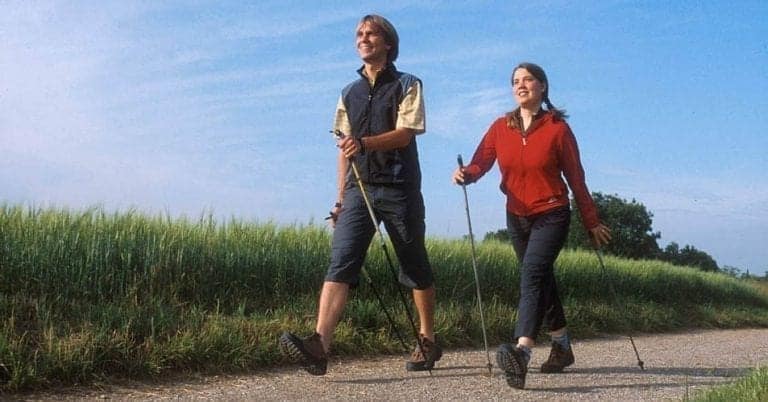

Walking lowers your risk of disease
Regular walking lowers your blood sugar and cuts your risk of type 2 diabetes by approximately 60%, and researchers from Arizona State University found that taking 10-minute walks every day is an effective way to lower your blood pressure. Other studies have suggested it can lower your blood pressure by up to 11 points and could reduce the risk of a stroke by up to 27%.
Walking strengthens your heart
Walking is an excellent cardiovascular exercise, helps to lower LDL (the bad cholesterol) and increases your HDL (the good cholesterol). Once you have worked up to a brisk 30-minute walk three times a week, you could be reducing your stroke risk by up to 27% – especially important for those with high-risk factors.
Walking gives you energy
A good brisk walk is one of the best natural energisers. It boosts circulation and increases oxygen supply to every cell in your body, helping you to feel more alert and alive. Walking at lunchtime will increase your energy levels in the afternoon and going for a quick brisk walk around the block can boost your energy levels at any time of the day.
Walking helps you lose weight


Walk for 30 minutes at 3.5 kmh, and you burn up approximately 75 calories. Once you have built up your speed and stamina 5kph will burn 99 calories, and 6.5 kph burns 150 calories.
High-intensity exercise also helps you lose three times more visceral fat which is the one wrapped around your organs like liver and kidneys so once you are walking more quickly, you’ll be loosening that fats hold on your organs.
Walking is good for muscles and joints
You may not turn into Arnie just by walking, but you will build up muscle and tone in your legs and glutes. Good posture while you walk will also tone up your abs. As well as that muscular benefit you will be loosening up those hip and knee joints that are typically set in a sitting position.
Walking outside boosts your vitamin D levels
Canadians are chronically vitamin D deficient. Stats Canada found two-thirds of the population levels below the amounts research associates with reduced risk of chronic diseases. Walking is an excellent way to enjoy the outdoors and get a daily dose of vitamin D at the same time.
Mental health benefits
Walking prevents dementia


An estimated 564,000 Canadians are living with dementia (as of 2016) and that number is expected to rise to 937,000 in the next 15 years. Older people who walk six miles or more per week are more likely to avoid brain shrinkage and preserve memory as the year’s pass.
Regular brisk walks can slow down brain shrinkage and the faltering mental skills that old age often brings. A short walk three times a week increased the size of that part of the brain linked to planning and memory.
Walking can boost your memory
Walking for a 40 minute period three times a week can increase the volume of the hippocampus by 2%, which is fairly significant.
Walking helps make you happier
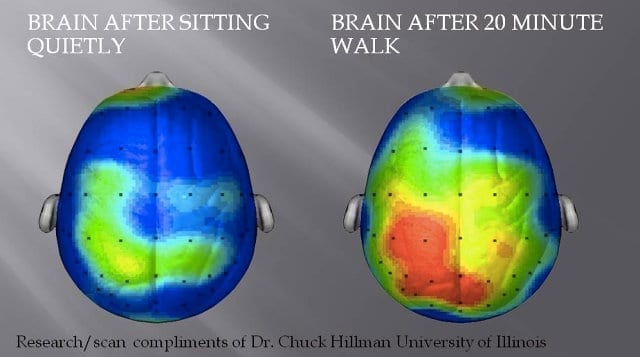

Research has also shown a modification in the nervous system as a result of regular brisk walking. It is claimed, this effect is so strong you’ll experience a decrease in anger and hostility,
In addition to these effects, the interaction that you get when walking with friends or a neighbour helps you feel connected which boosts mood.
Finally, walking outdoors exposes you to plenty of natural sunlight, which can help reduce the severity of Seasonal Affective Disorder (SAD).
Walk gives you time to think
As you walk, you think, and because walking is such an easy thing to do, we do not have to think about it. Having no need to concentrate on our activity allows us to use our brain and thought processes to tackle those tricky problems we may have or just to think about and appreciate more, the environment we are walking in.
Walking can be meditation
Most of us know that meditation has many benefits, but most of us also get turned off by the thought of sitting still in a quiet place for long. An alternative is walking meditation. Just go for a walk and let your mind float freely. You’ll be amazed at how relaxing this can be.
Where do you start?
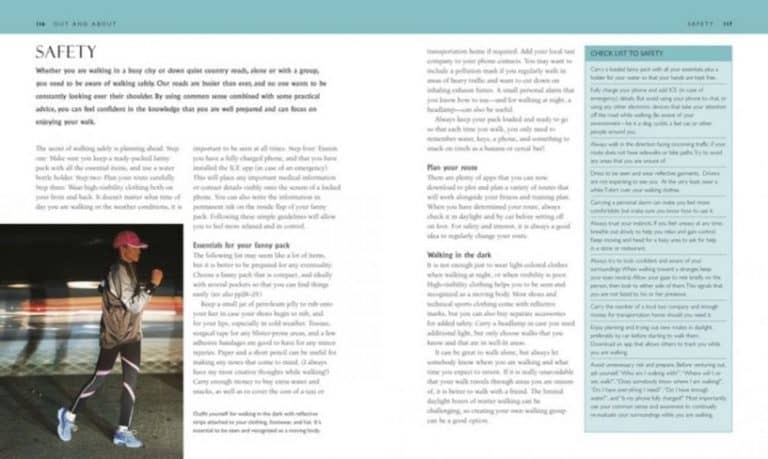

It can be as easy as just putting on your shoes and taking a walk outside right now. I found Walking For Fitness an excellent resource, not only because it has sections on safety, assessing your fitness level and healthy nutrition but because it has simple training programs for beginners like me.
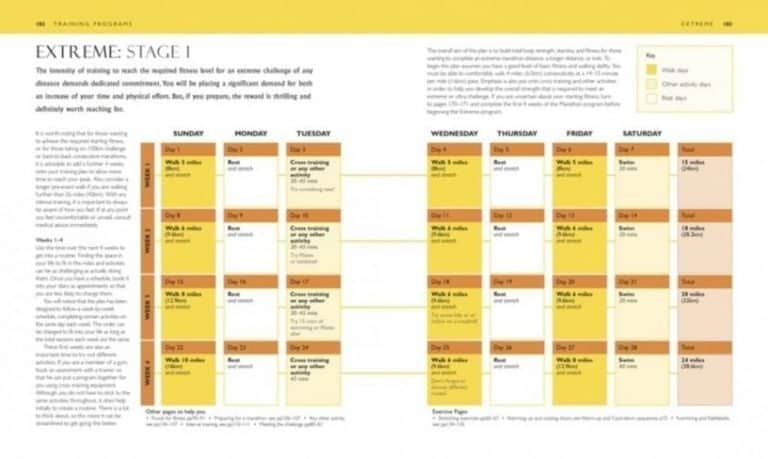

The plans start at ‘Beginner: Stage 1″ and lay out an entire month so you don’t ever have to think about how far or how fast you should be walking at any given point. These programs go right up to the stage of marathons and extreme distance so every level of walker can benefit from this excellent book.
So, let’s hear what your experiences have been when walking for fitness. What were the hurdles for you? Did it improve your health?








